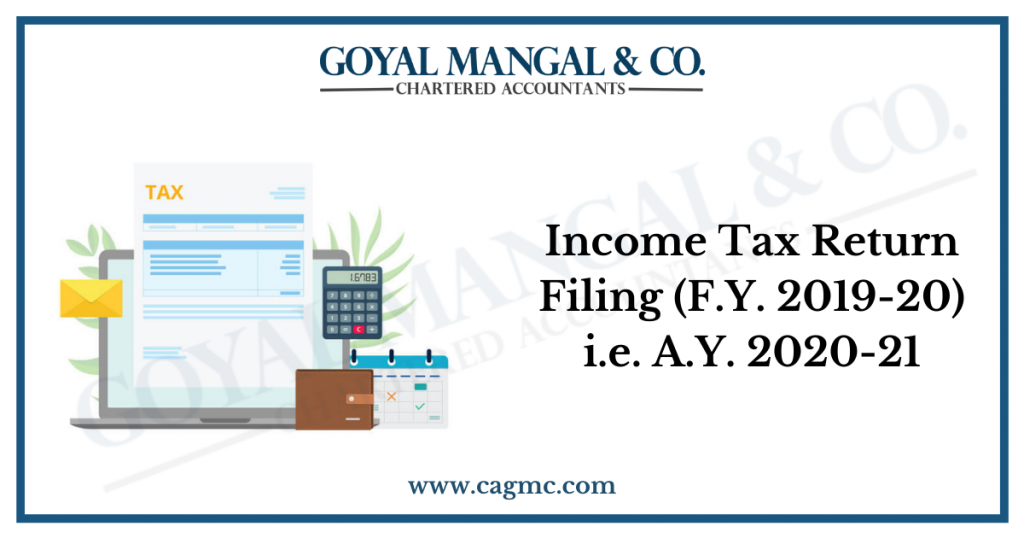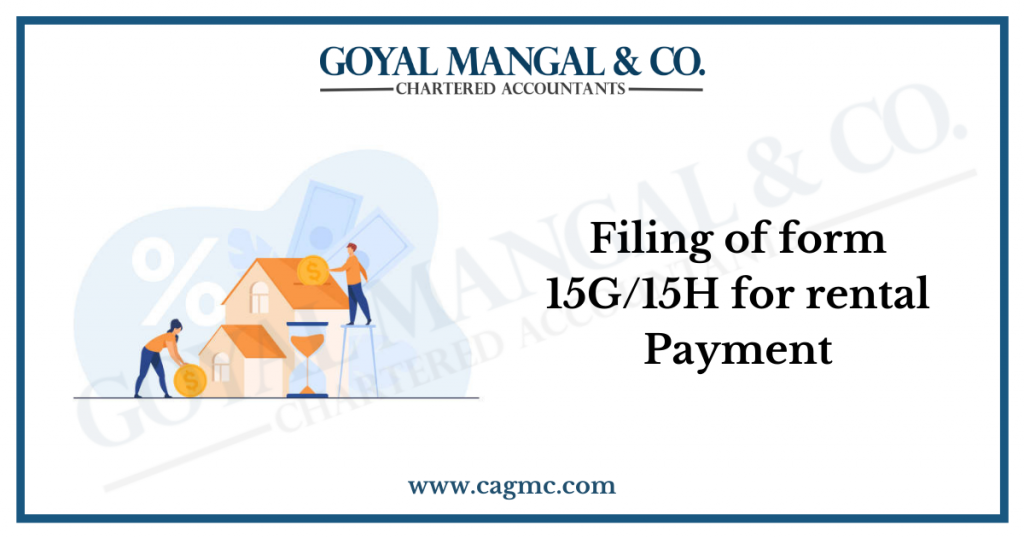This article is regarding higher understanding of treatment of gain or loss from sale of securities. Now, the question arises, whether or not the gains or losses from sale of securities shall be treated as ‘Business Income’ or ‘Capital Gain’. If the assessee desires to treat the sale of securities as ‘Income from Business’ then he’s allowed to cut back the expenses that’s incurred from such business financial gain. If the assessee desires to treat the sale of securities as ‘Capital Gain’ then expenses incurred on transfer area unit deductible.
| Table of Content |
Firstly, we’ve to understand the various treatment of sale of securities under each heads of financial gain i.e. ‘Business Income’ and ‘Capital Gain’.

Various Treatment of Sale of Securities
| Type of securities | Head of Income | Rate of Tax |
| Equity Shares (Delivery basis) | Capital Gain | LTCG-10%
STCG- 15% |
| Business income | Slab rate | |
| Equity Mutual Funds | Capital Gain | LTCG-10%
STCG- 15% |
| Business income | Slab rate | |
| Debt Mutual Funds | Capital Gain | LTCG-10% without indexation or 20% with indexation
STCG- slab rate |
| Business income | Slab rate | |
| Equity Intraday | Business income | Slab rate |
| Equity F&O | Business income | Slab rate |
| Commodity Trading | Business income | Slab rate |
| Currency Trading | Business income | Slab rate |
Intraday and derivative transactions area unit well settled as PGBP financial gain or loss however treatment of gain or loss arising from Delivery based mostly transactions is usually an debatable issue i.e., whether or not it’s treated as “Income from Business” or ‘Capital Gain’.
As it is explicit on top of that IT Act do lay down any criteria for determinant the classification of financial gain below these heads, therefore, the problem of whether or not transactions in shares amounts to a business or AN investment activity was the topic of considerable proceedings. However Central Board of Direct Taxation (‘CBDT’) has issued numerous circulars to cut back proceedings in on top of case. The circulars area unit as follows:
(i) Instruction No. 1827 dated 31/08/1989.
CBDT set down sure criteria to differentiate between shares control as stock in trade and shares control as investment.
(ii) Office Memorandum dated 13/12/2005.
The workplace note mentioned the subsequent circumstances to be thought of by the Assessing Officers in determinant whether or not someone may be a monger or an capitalist in stocks:
- Whether the acquisition and sale of securities was allied to his usual trade or business/was attendant it or was an occasional freelance activity;
- Whether, the acquisition is created only with the intention of selling at a profit or for long run appreciation and/or for earning dividends and interest.
- Whether scale of activity is substantial;
- Whether transactions were entered into unendingly and often throughout the assessment year.
- Whether purchases area unit created out of own funds or borrowings;
- The explicit objects within the note and Articles of Association within the case of company assessee;
- Typical holding amount for securities bought and sold;
- Ratio of sales to buy and holding.
- The time dedicated to the activity and therefore the extent to that it’s suggests that of resource.
- The characterization of securities within the books of account and record as stock-in trade or investment.
- Whether the securities purchased or sold-out area unit listed or unlisted.
- Whether investment is in sister/related considerations or freelance firms.
- Whether dealing is by promoters of the corporate.
- Total range of stock dealt in
- Whether cash has been paid or received or whether or not these area unit solely book entries
(iii) Circular No. 4/2007 dated 15/06/2007.
Further, CBDT set down sure tests in Circular No. 4/2007 dated 15/06/2007 to differentiate between shares control as stock in trade and shares control as investment. The Assessing Officer are going to be guided by the subsequent 3 criteria to differentiate surplus as business profit or capital gain:
- Whether the shares purchased were control and valued as equipment.
- Whether there have been substantial transactions. During this context, the magnitude of the transactions, magnitude relation between purchases and sales, entries within the books of account; are going to be relevant.
- Whether the thing of investment in shares was to derive financial gain by approach of dividends or realizing profits by the acquisition and sale there from.
(iv) Circular No. 6/2016 dated 29/02/2016.
CBDT part changed the on top of directions with reference to listed securities and issued a circular i.e. CBDT circular No. 6/2016 dated 29/02/2016 that lays down following factors to be thought of for listed securities:
- Where the assessee itself, regardless of the amount of holding of the listed shares and securities, opts to treat them as equipment, the financial gain arising from transfer of such shares/securities would be treated as its business financial gain,
- In respect of listed shares and securities control for a amount of over twelve months directly preceding the date of its transfer, if the assessee needs to treat the financial gain arising from the transfer therefrom as financial gain, identical shall not be place to dispute by the Assessing Officer. However, this stand, once taken by the assessee in an exceedingly explicit Assessment Year, shall stay applicable in subsequent Assessment Years additionally and therefore the taxpayers shall not be allowed to adopt a different/contrary change this regard in subsequent years;
- In all different cases, the character of dealing (i.e. whether or not identical is within the nature of financial gain or business income) shall still be set keeping seeable the aforementioned Circulars issued by the CBDT.


